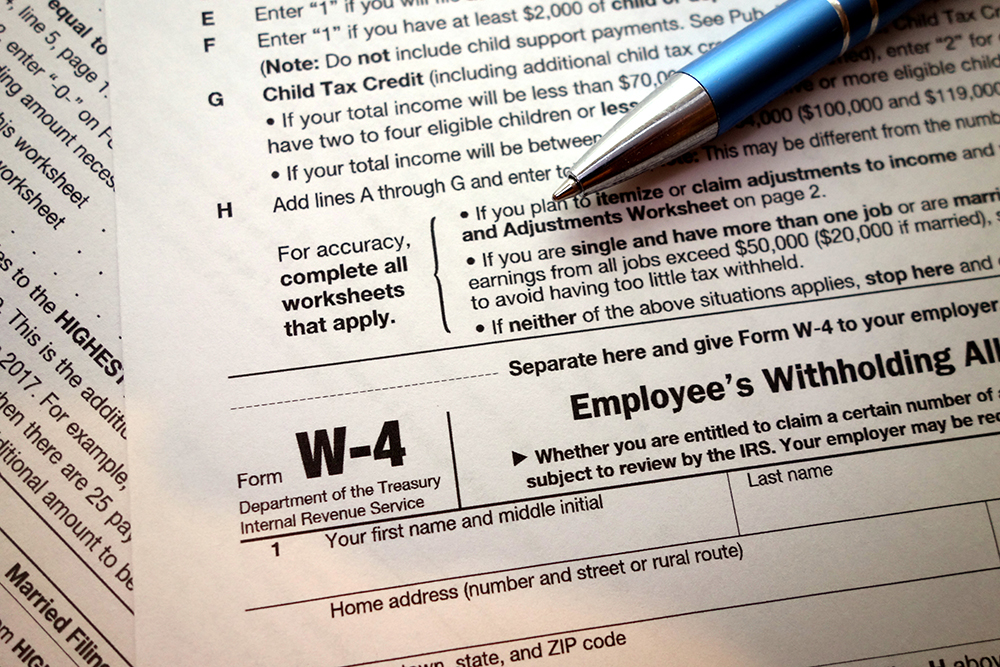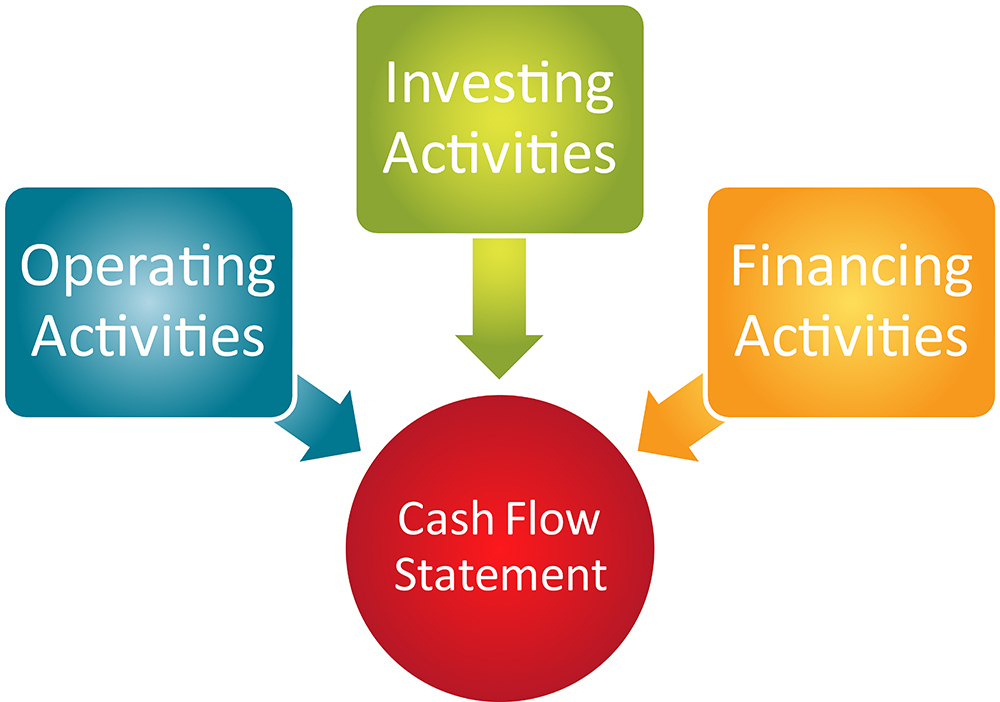
Kristen owns a small pet-sitting business and is concerned about inflation impacting her company’s finances. What are some things she can do to help alleviate the pressure inflation is having on her business?
Reducing expenses is the first step to protect her business against price increases. Kristen should also send out invoices immediately after she completes a project and not wait to invoice at the end of the month. And along the same lines, keep on top of receivables. Don’t let customers continue to book services without paying for previous work. And better yet, she should require immediate payment, either at the time of booking or after an assignment. The sooner she can get paid, the more spending power that money will have.
If Kristen can stock up on critical supplies like leashes, treats, or pet waste bags, she can lock in current costs and avoid future price increases.
And she should work toward engaging in more lucrative assignments.
Client Profile is based on a hypothetical situation. The solutions discussed may or may not be appropriate for you.







